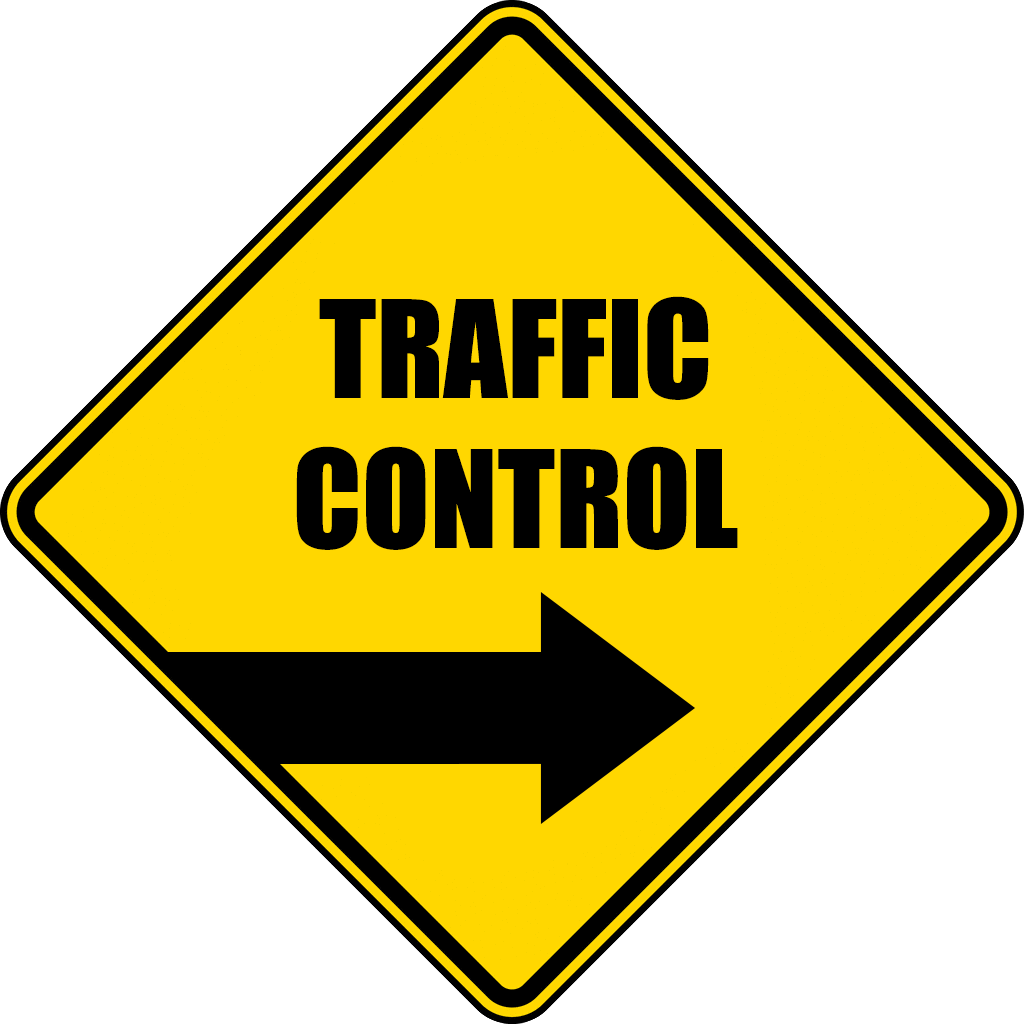Ann Arbor’s Adaptive Traffic Signal Control System Being Expanded Throughout Downtown
by Aarian Marshall
A decade ago, Ann Arbor turned to tech to manage traffic flow on its streets.
Intelligent traffic systems have been adjusting traffic lights and signs to smooth out congestion in real time for more than three decades, all over the world. More than 100 cities, including London, Santiago, and Toronto, use the same car-corralling program as Ann Arbor.
Now, that tech is getting smarter—and it’s winning the battle. New numbers from Siemens, which co-owns the Ann Arbor program with UK company Imtech, show the city’s more advanced software puts a serious dent in local traffic.
Cities program your standard traffic light by observing traffic patterns for a few hours, extrapolating what local vehicles need, and then letting lights do their thing for years, even decades. More advanced systems will be able to sense if a vehicle is stopped, and turn the light green to help it along. The most advanced systems—like Ann Arbor’s—will know how many vehicles are stopped, in which lane, and how many vehicles are coming down the pike.
Ann Arbor’s adaptive traffic signal control system has been playing god for more than a decade, but fiddling engineers continue to tweak its inputs and algorithms. Now it reduces weekday travel times on affected corridors by 12 percent, and weekend travel time by 21 percent. A trip along one busy corridor that took under three minutes just 15 percent of the time in 2005 now comes in under that mark 70 percent of the time. That’s enough to convince Ann Arbor’s traffic engineers, who just announced they’ll extend this system to all its downtown traffic lights and its most trafficked corridors.
To combat congestion, each hopped-up signal uses pavement-embedded sensors or cameras to spot cars waiting at red lights. The signals send that information via fiber network to the Big Computer back at traffic management base, which compiles the data.
This stuff works on a macro and micro level: If there are four cars lined up to go one way through an intersection, and zero cars lined up to move perpendicular to them, the light might turn green for the four. But a network of connected lights—like in Ann Arbor—will analyze the entire grid, and figure out who to prioritize to get the most people to their destinations the fastest. Advanced traffic control systems can even predict delays and congestion build-up before they happen, based on the ebb and flow of commutes.
The system knows when to lay off the change. “People kind of freak out if the signal is really different from yesterday or different from what it was five years ago,” says Richard Wallace, who directs the Center for Automotive Research’s transportation systems analysis group. For the most part, the system looks to tweak light patterns, not reshape the whole shebang from one hour to the next.
“If there’s an abnormal amount of demand, then that’s the moment you can expect to see someone intervene and release the system, and allow it to respond over a wider range of parameters,” says Luke Liu, a traffic engineer who manages the city’s signal system.
The tech’s just getting going. Ann Arbor says advanced traffic control systems are but a small part of a larger connected vehicle scheme. Lights that can talk to each other can also talk to cars, warning them if they’re about to hit a red light (“Slow down!) or if a red is about to turn green (“don’t bother slowing down”).
“We want to provide an environment for researchers to come up with technology that can serve not just [private] vehicles, but also public vehicles, and pedestrians, and cyclists,” says Liu. The city, the University of Michigan, and the US Department of Transportation are in the middle of a study that looks at how connectivity can make stuff move faster.
Of course, all this may prove little more than a band-aid. Geometry says there are only so many ways to fit a bunch of vehicles on to streets. The best way to beat traffic is to not be part of traffic at all. It’s by moving people onto transit (a regional commuter rail plan is hogtied by funding woes and general intransigence), or carpools, or making it easier to walk and bicycle. In the meantime, though, computers are pretty cool.
This was originally published in Wired and is used here with permission.

